Door adjustment – A first timers perspective
Credit and research for this article belong to Joji Tokumoto (Grumblebuns).
When you see a quarter inch gap of daylight between the door frame and the “A” pillar and the door pops open going around a tight down hill right turn, you know it's time to do something about the door. I've read all of the horror stories concerning the Europa door adjustment and started on the preparations several months beforehand. After removing the inner door panel, I assessed the condition of the door hinge. The two top nuts were rust free but the bottom two had moderate rust buildup (pic 1).
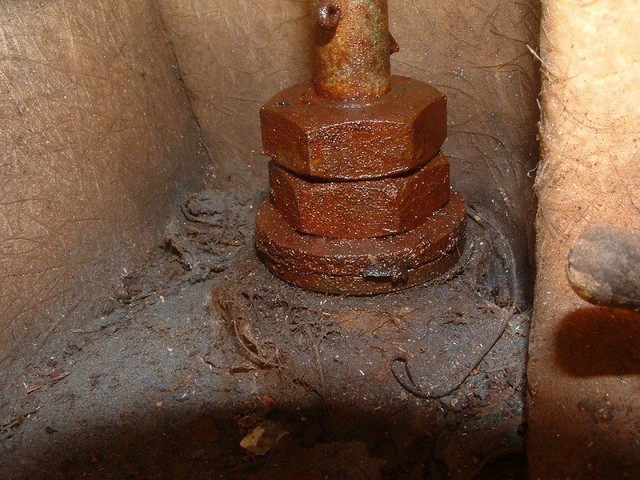
After scraping off the rust, I started a regimen of applying PB Blaster and acetone/ATF to the bottom nuts for several weeks. I was extremely lucky in that the bottom nuts finally came free. At this point the job turned into just a door adjustment and not a door removal/hinge replacement.
After removing the nuts and washers from the threaded part of both top and bottom bushings, the first thing that you notice is the huge amount of play between the bushing and the bobbins in the door (pic 2).
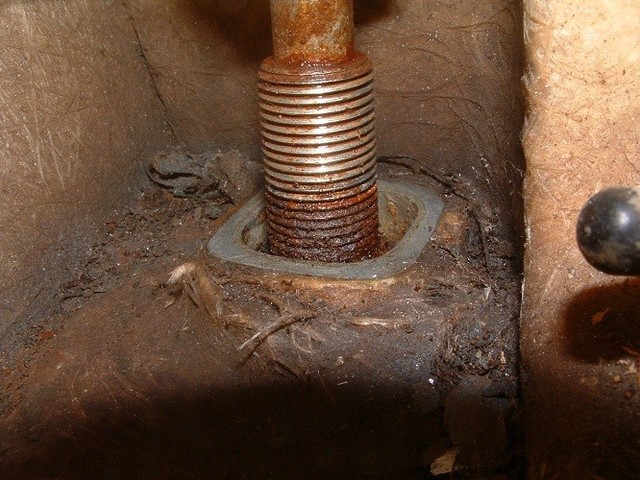
This slop allows for a lot of adjustment latitude in three axis but also for massive door misalignment if the nuts loosen up. In my case, the upper nuts had loosened up allowing the door to drop down to the “stop”. To reduce the slop between bushings and bobbins, I inserted shims made from old heater hose and tygon tubing (pic 3).
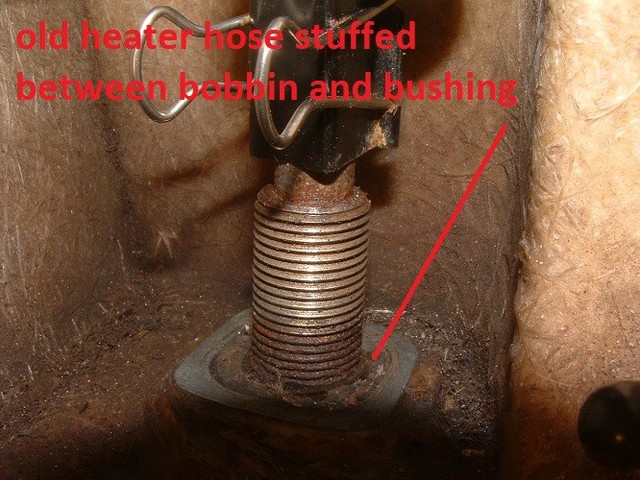
This reduced the play in the “in/out” and the “front/rear” movement to a moderate wiggle and made “up/down” adjustment at the door latch easier and repeatable.
To get the baseline position for door height, I measured the distance of the closed door from the garage floor to the bottom rear door corner. Whenever the door is open for adjustment, the door would be resting on a floor jack set to that height. To make minor height changes, I used wood wedges under the door. Depending on your sense of perfection, it may take many adjustments to get the door set to your satisfaction or in my case, close was good enough.
For required tools, the one essential tool is a 1-1/8” combination wrench cut in half. Cut off a 1/2” section of the closed end enough to pass over the 1/2” hinge pin. You will also need a thin 1-1/8” open end wrench to hold the jam nuts as they are tightened or loosened. For this application, either grind down the other half of the cut combination wrench, fabricate your own from plate steel or buy a 21 mm bicycle cone wrench. The cone wrench comes in handy to hold the OEM bushing between the door and body as you tighten down on the jam nut. Some aftermarket door hinge kits may have different bushing sizes. The abrasive washers between the steel washers and bobbin were made from anti-skid material stuck back to back (pic 4). To reduce the possibility of the nuts rusting to the hinge pin again, I applied anti seize to the threads during assembly.
Pictures 5 and 6 show the before and after adjustment results of the door.
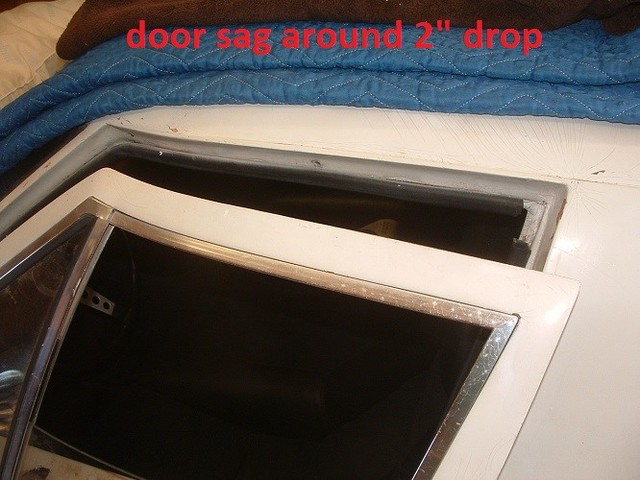
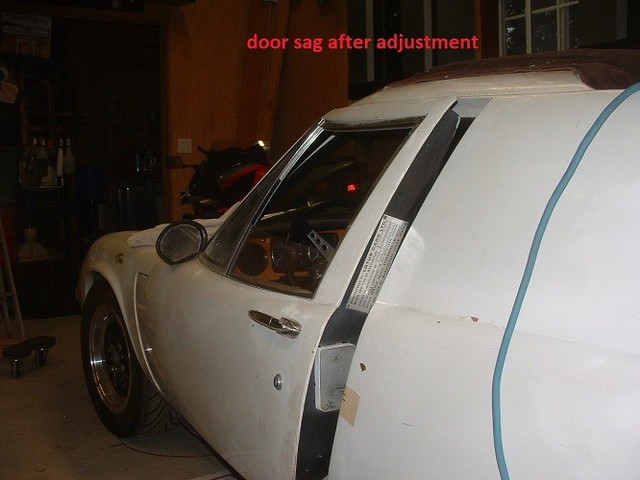
Picture 7 show the tools necessary for the job.
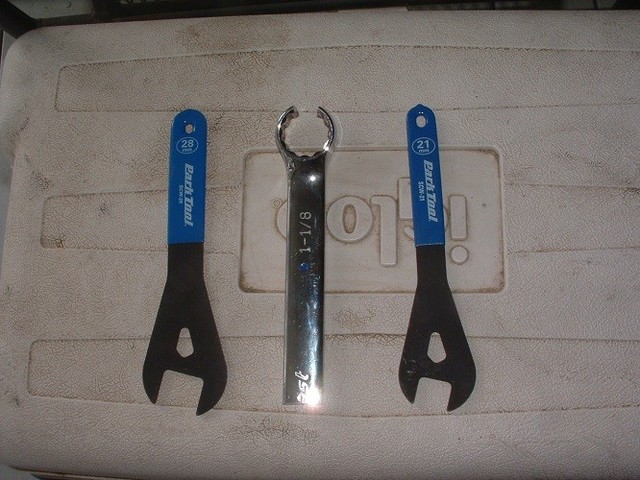
I've listed an article in the Knowledge Base on removing the doors if the hinge pins and nuts are one solid mass of rust. As long as you don't have to cut out the pin, door adjustment is long and drawn out process of trial and error but not the horror show that is it's reputation.
http://lotus-europa.com/manuals/misc/doors/remove_doors.htmPDF version is attached below.